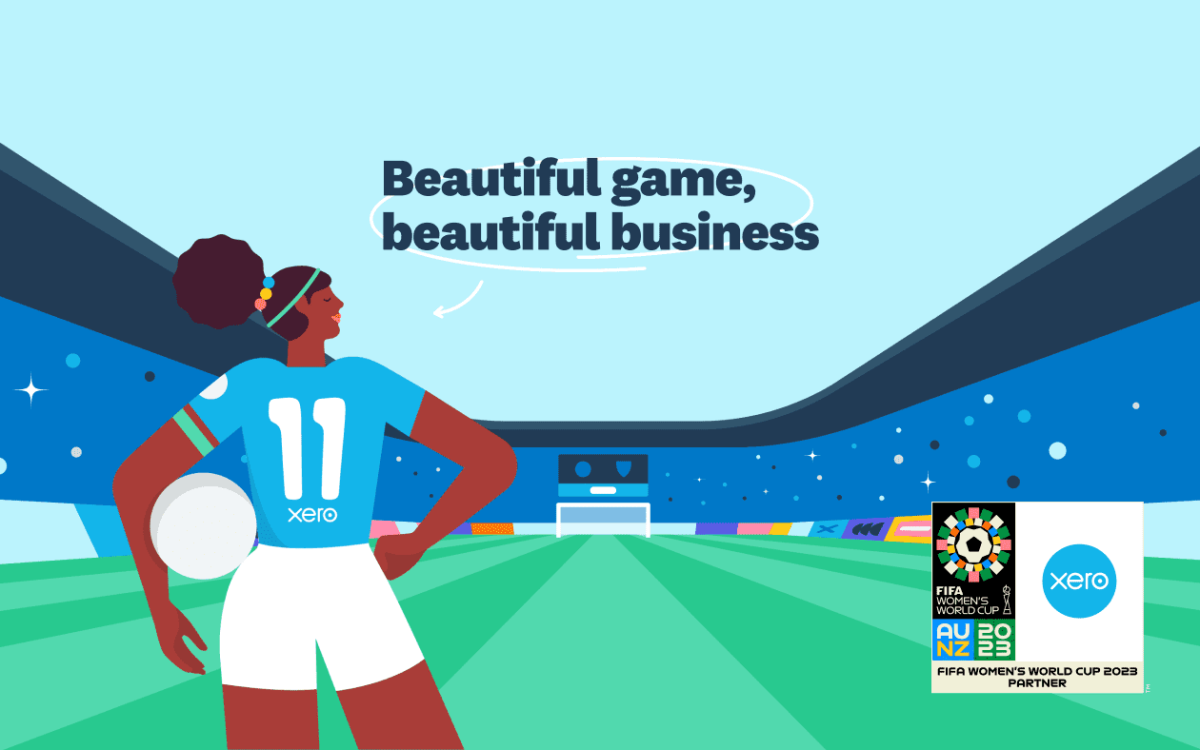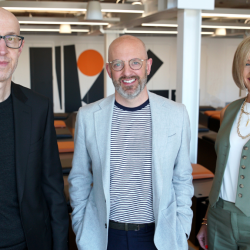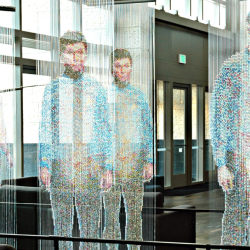When payments and payroll platform Papaya Global felt its advertising was struggling to stand out in its increasingly competitive sector, the marketing team decided the solution was to go really big. The Super Bowl big, with a $7 million 30-second spot. ‘It’s not so we can sell more,’ Papaya’s director of communications, Hila Pera, told Tech Crunch. ‘Obviously, yes, we want to see a very direct ROI, but we all understand this is a brand building or a brand awareness play. It’s not a lead generation play.’
Chasing short-term results has long been accepted as the norm for B2B CMOs. The only strategy that feeds the sales team with leads and delivers the commercial results that CFOs want to see, increasingly on a quarterly basis. But Papaya Global — and indeed, HR software company Workday, which advertised during last year’s Super Bowl — both demonstrate a new movement is gaining momentum in B2B: brand building.
Forward-thinking B2B marketing teams are learning lessons from a swathe of new research, that investment in brand is fundamental to success, even during an economic downturn. History has repeatedly shown that the brands that invest when times are tough, win share from competitors and emerge significantly stronger and with higher profits in the following years. But even as brand-building tactics gain traction among B2B marketers, they still face an uphill battle internally when making the case for long-term investment. Despite numerous high profile examples of B2B brands making courageous and unexpected investments, such as Workday and Papaya Global, alongside technology firm Xero’s sponsorship of ITV’s coverage of the Woman’s World Cup, it’s not an easy sell.

Fear of change: speak the CFO’s language
Fear of change and fear of the unknown both play a key role here. Too many finance and sales teams believe that any shift towards long-term strategy, investment and brand building means reducing the focus on short-term sales-oriented campaigns and lead generation. So they shut it down. Force everyone to stick with what they know has worked in the past.
What today’s savvy B2B marketing teams understand, however, is that the future is a more mixed and nuanced picture. Account-based marketing (ABM) will continue to be a vital tool for marketing teams, with spend expected to increase in 2024, but it can’t be their only tool; the reach is too small, which doesn’t support meaningful long-term commercial growth. Sustainable growth will require organisations to strike a balance between creating a distinctive brand that stands out from the crowd and harvesting sales opportunities. Yet, just 26% of B2B financial chiefs think brand building should be prioritized during economic instability.
The only way marketers can drive through the kind of cultural shift that this new thinking needs, is to prove brand value by gathering and delivering metrics that speak the CFO’s language — using more sophisticated measurement approaches. What are examples of these ‘sophisticated’ measurements? Share of Search, which can demonstrate the correlation between an organisation’s share of branded search and its market share, is one. Also, marketing mix modelling, which uses regression analysis to help marketers model the relationship between marketing and sales, including which combination of tactics has the best commercial impact — precisely what the finance team wants to know.
The challenge of staying top of mind
There is no doubt that the B2B sales process is different to that targeting general consumers. It is long and complex, involving multiple decision-makers. In 90% of those purchase decisions, the chances of being chosen are slight if you aren’t one of the first three brands that come to mind for a given solution or service. Becoming top of mind requires the (already discussed) careful balance of long-term investment in creating a salient brand, as well as a focus on sales activation activity, combined with targeting activity across an increasing number of channels. With the media landscape becoming more fragmented and with younger generations — with different media habits — becoming the decision-makers, choosing the right channels will remain an ongoing challenge. According to research from Cannes Lions and WARC, which looked at 435 B2B case studies, the most effective campaigns used a minimum of four channels. The reality for B2B marketers, however, is that budgets are often low, meaning fewer channels are used with a focus on those that cost less, such as display and social media, but that also have lower attention rates.
In short, this means not enough money is being spent on B2B campaigns to build brands and the money that is spent is less effective.
Adtech advancements are creating new cost-effective opportunities for scale and reach in B2B, particularly in media such as radio, podcasts, TV and outdoor, which are better suited for brand building and creative work. At the same time, AI and machine learning are also improving data analysis, measurement, and cross-channel targeting — which will be hugely important as the loss of audience identifiers such as third-party cookies becomes a reality. Fortune really will favour the brave in B2B marketing as we move forward. Marketers must be at the forefront of leading organisations and driving forward a cultural shift that leverages empirical evidence on marketing effectiveness and capitalises on new opportunities. Many will. But the B2B brands that don’t risk falling behind their competitors, and moving even further from their buyers’ minds.
Featured image: Xero, Women’s World Cup































